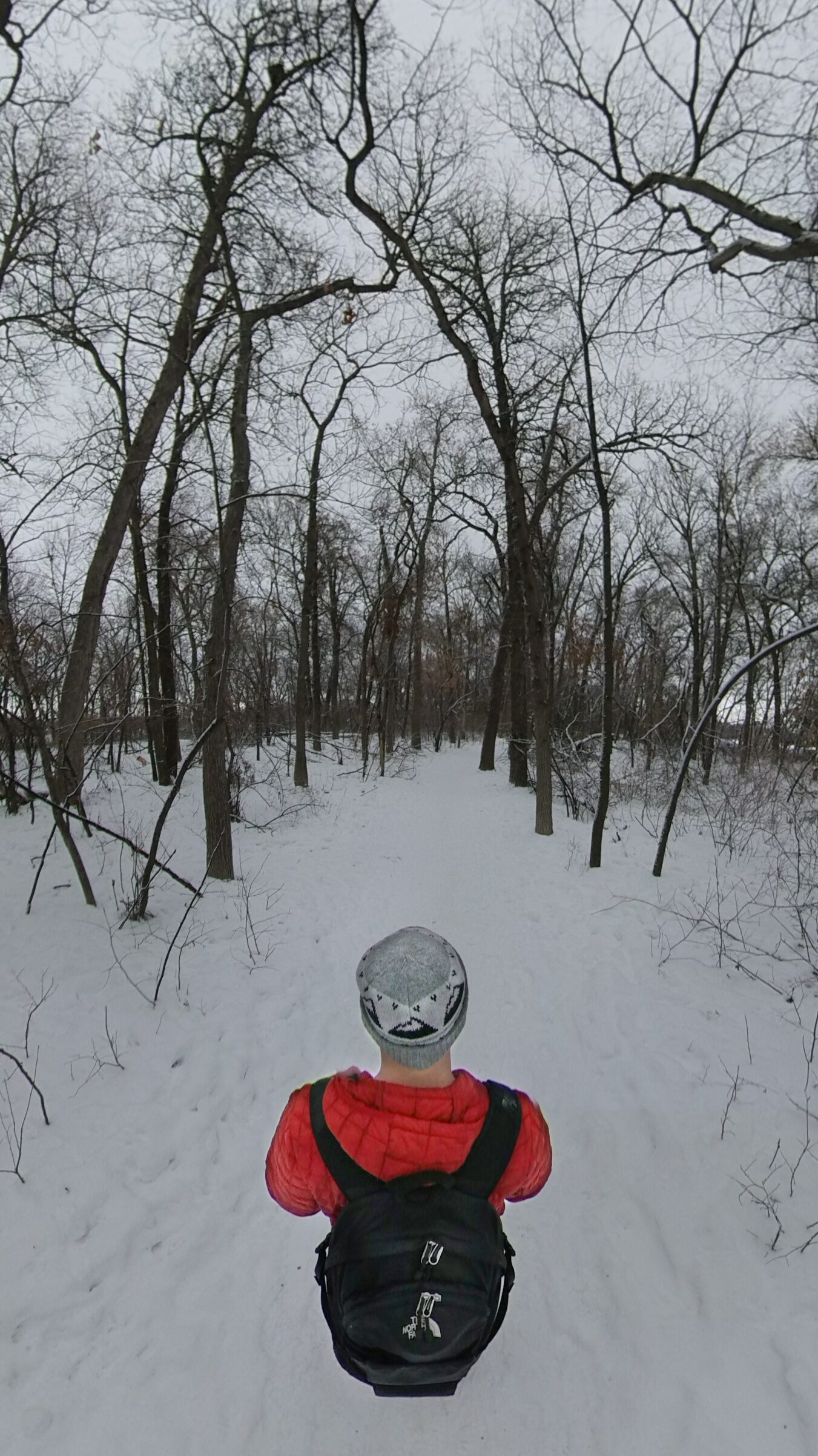BIO
Jared Kozub
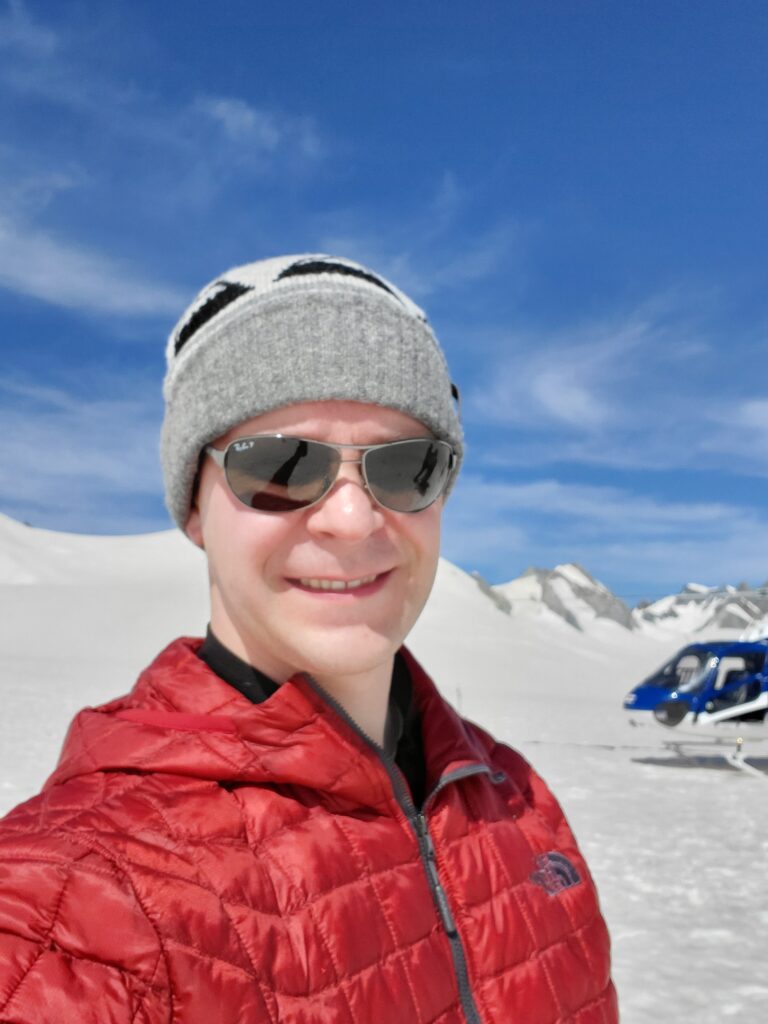
On the side he enjoys composing music and sampling sounds from where ever he can capture them in his surrounding environment. This has led him to take audio recorders across the globe to locations such as the Swiss Alps, the Great Lakes in the United States, and all the way to opposite side of the globe in New Zealand to sample all sorts of wonderful sounds.
For those who are interested in more details of his background and musical interests, his story is below.
ICE LOCUS
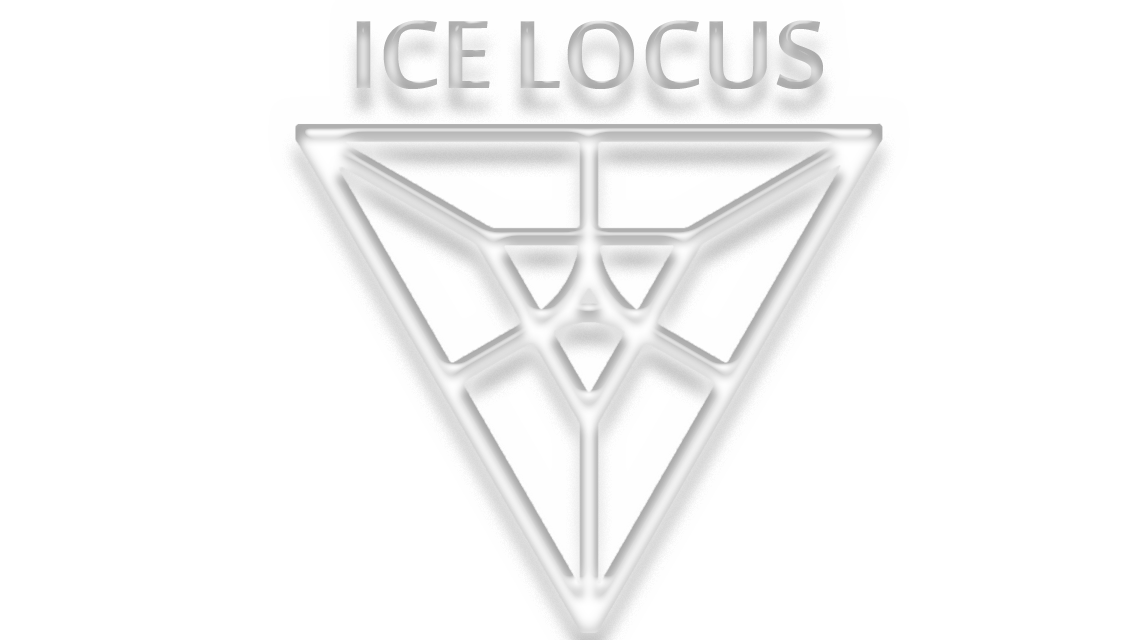
Ice Locus is a project that Jared started up during the COVID-19 pandemic. Social distancing has forced people apart, but freed up time for creativity. To try to bring people together through music, Jared wants to share his sonic adventure with you and learn from the global music community. Ice Locus is this playground of musical experimentation!
A Sonic Story
Waves & Engineering…
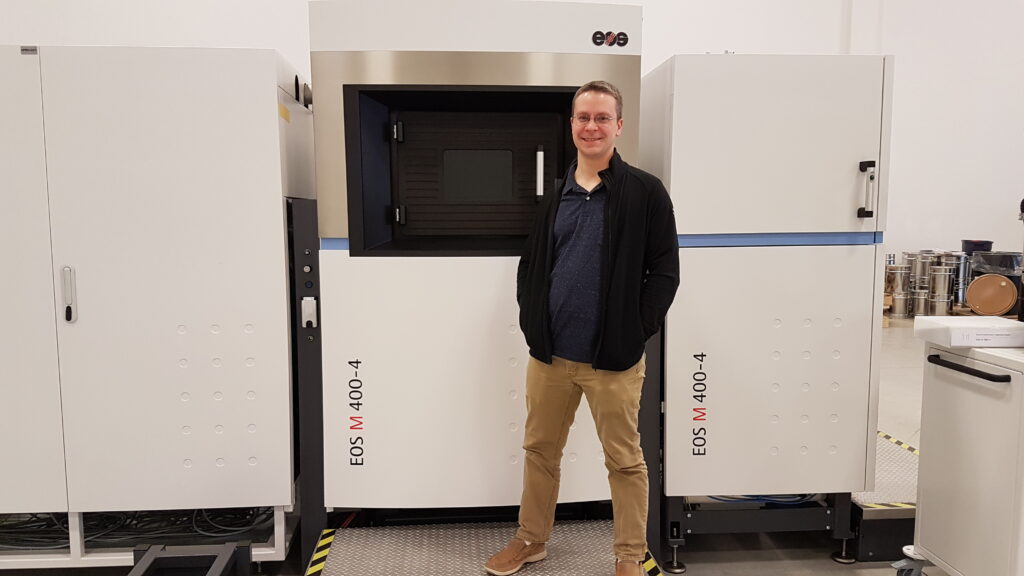
Jared has spent the past 15 years working as a mechanical design engineer, first doing R&D for developing MRI systems for surgical suites, then designing equipment for high voltage power stations, and now for over half a decade has been doing metal 3D printing of everything from medical devices such as Titanium spinal implants to space satellite parts. In all of this technical work there was something in common that intrigued him… pressure waves propagating through the air – SOUND! Whether it was the chirping of an MRI machine, the hum of high voltage, the crackling of welding, or the screaming of a milling machine, he noticed that all these sounds had their own character and charm. This was on a subconscious level, but he always showed an interest in waves starting in his physics and vibrations classes. In university he worked as a research assistant in a vibrations and acoustics lab, and he was fascinated of how waves superposed and interfered with each other to create interesting patterns. Fast Fourier Transforms used for spectral analysis of frequencies on oscilloscopes were amazing to him as he learned about harmonics and modal analysis of mechanical structures. Why were waves of such interest? It was because of his experience with music and playing instruments growing up.
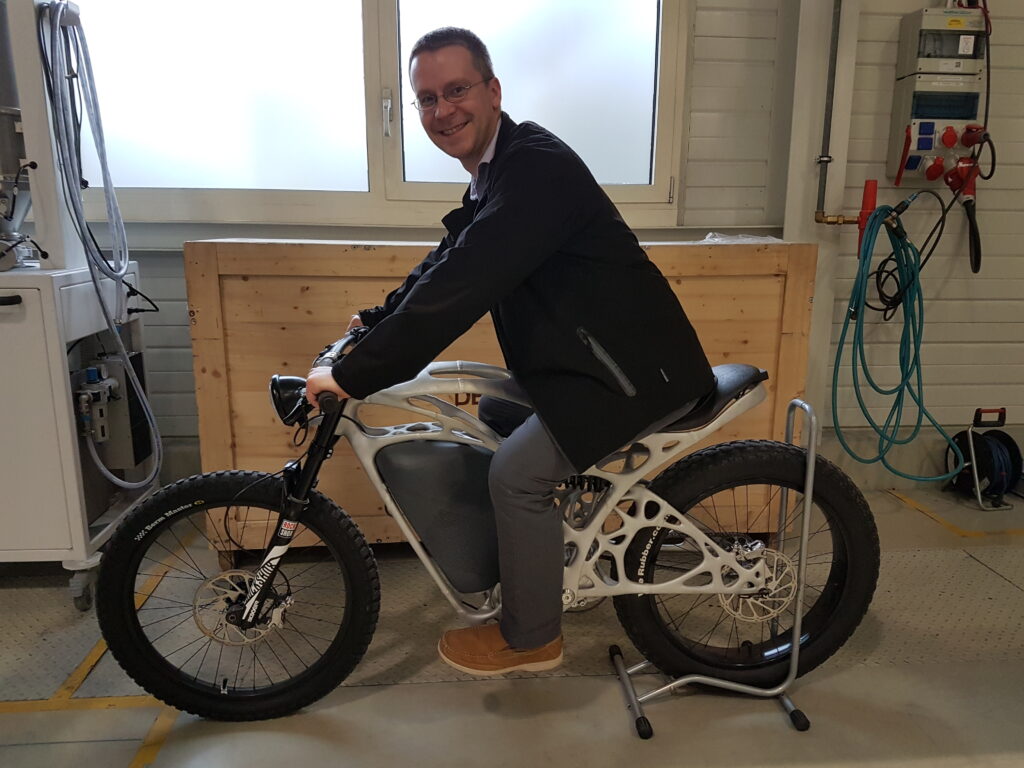
Enter Music…
Musically, Jared comes from a musical family. His mother was a piano teacher, but he never learned to play that instrument as a child. His cousins, aunts, uncles, and grandparents played many traditional instruments – from the fiddle, to the accordion. The polka party was a weekly Saturday occasion growing up! So at every family gathering, someone was playing something. He decided to play trumpet in school mainly because of the reasoning – “how hard could 3 valves be to play”… Boy was he mistaken! But he got to learn how different pieces of an orchestra mesh together to create sonic beauty. In high school he started learning guitar and listened to a lot of classic rock like Van Halen, Pink Floyd, and instrumentalist virtuoso guitarists like Joe Satriani, Steve Vai, and Yngwie Malmsteen. It was amazing how the shredding rock genre also had elements of classical music in it.
Instruments…
Jared has played guitar (mainly classic rock) for the last 20 years, enjoying the electric guitar, steel string acoustic, as well as lap steel slide guitar. His first lap steel was an impulse buy from some random luthier on the internet who made cigar box guitars for a living. This lap steel was a one of a kind creation – a beautiful slab of wood with some guitar strings and a pickup on it. It was simplistic, but elegant. By this time Jared had already been working as a design engineer for a few years and started to take an interest in how instruments were designed and manufactured.
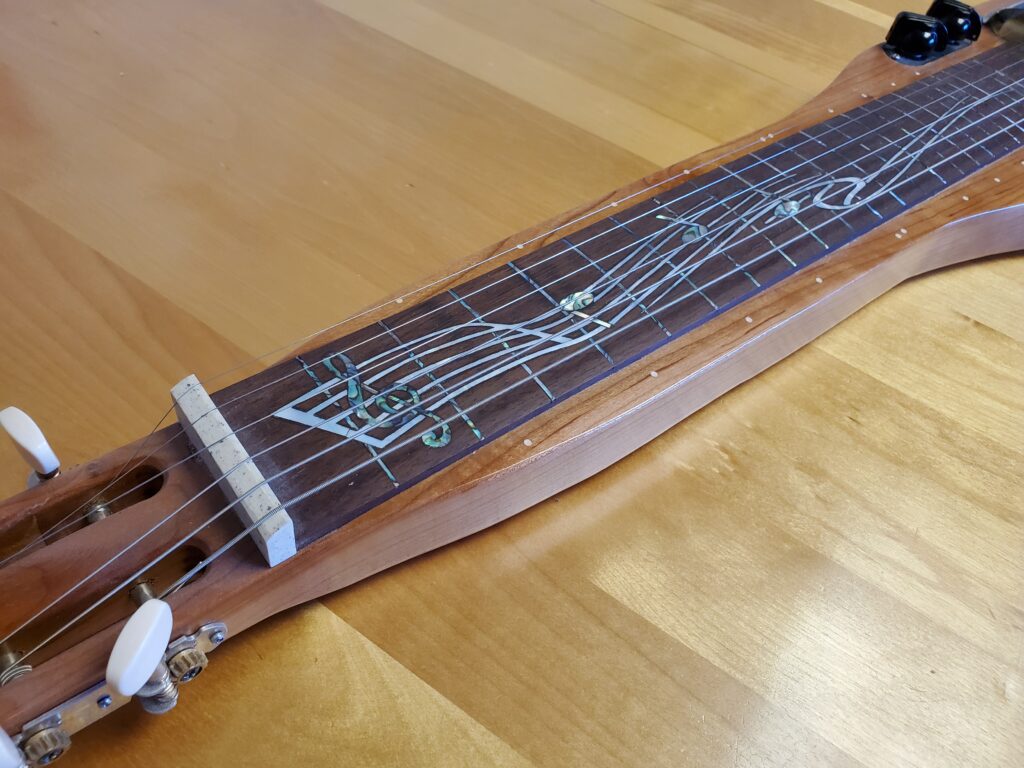
Fast forward a decade, Jared learned of a national contest being organized by the Ottawa Symphony Orchestra in Canada’s capital. Anyone could submit a design for an innovative musical instrument that was to be made using 3D printing. The problem was that he only heard about the competition less than a week before the deadline. He knew there was no way he could design a cool stringed instrument in that time. So he went back to his love of sound waves and resonance and chose to design an ocarina, which seemed more doable in such a short period of time.
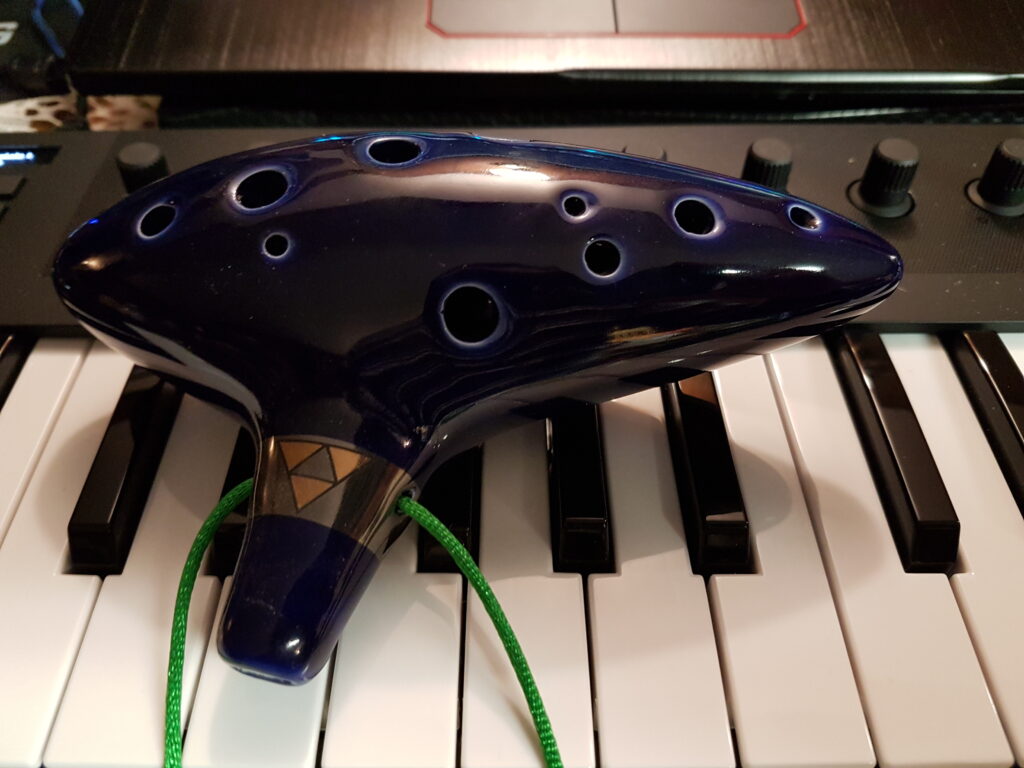
he had bought a cheap Legend of Zelda ocarina and obsessed over the math involved to model and tune it. At the time it seemed like trivial information, but to his surprise, falling down that rabbit hole to explore Helmholtz resonance back then would come in handy for this competition.
Within the first evening he modeled up a concept in CAD to have an ocarina that was to be made out of Titanium. It was artistically designed to look like a space-aged torch with tongues of sculpted fire coming out of it. Each “flame” was hollow and the ocarina was to have a pitch shifting mechanism that opened/closed internal chambers as you rotated it like a Bunsen burner. It could be used for fine tuning pitch or for additional vibrato. The next night he did a deep dive into the math behind it, to figure out what range of musical notes it would be able to be play, based on physics. Finally, he did the mechanical design to make the design manufacturable. Fortunately, as a design engineer who now works in additive manufacturing, this was no problem. After submitting the design to the contest judging committee, a month passed with no news. Then he got an email and a phone call that he was selected as one of the three finalists. Jared ended up placing second in the National contest and was interviewed in various newspapers.
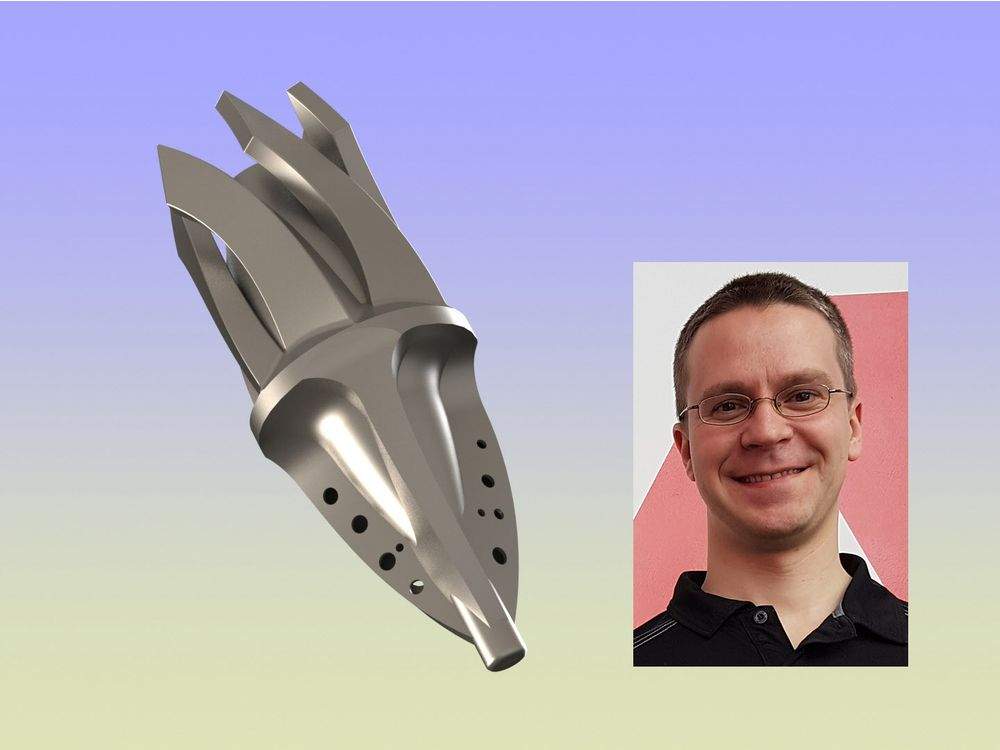
What he learned from that experience was that seemingly “far out” research could have useful applications in making music.
The Latest Chapter – Composing, Sampling, and Synthesis!
In the summer of 2017 Jared discovered a Twitch streamer from Australia named Dr. Jonathan Ong. He is an amazing pianist and multi-instrumentalist. He has tons of keyboards and uses a variety on sample libraries as well. When Jared saw him play a ROLI Seaboard, he thought, “Hey! That vibrato and sliding is like playing a guitar and I have a couple lap steels – how hard can it be?” That was a defining moment that led to getting musical G.A.S. (Gear Acquisition Syndrome). He ordered a Seaboard Rise 49 and realized when it arrived that it was much more piano-like than he thought… and he didn’t know how to play piano…

That was where he fell down the rabbit hole of learning piano, music theory, synths, and libraries. He bought his first VST library in the spring of 2018 (Hans Zimmer Strings from Spitfire Audio) and has collected many, many other libraries and synths since then as he learned to compose. The musical style he’s experimenting with right now includes synthesizers and samples to create out-of-this-world sonic textures and imagery.
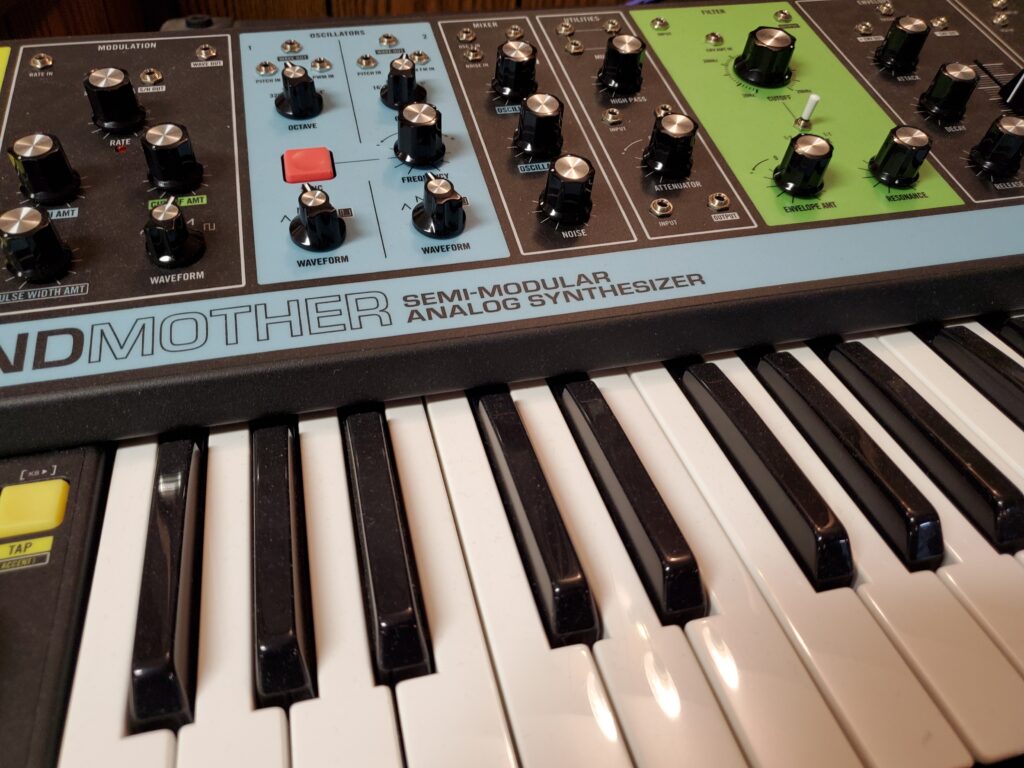
A couple years ago Jared was watching Christian Henson’s videos on YouTube and saw him sampling a wine glass. He realized he could do that too, and started recording everything, putting the sounds into Kontakt and now into other granular synths! He even took an audio recorder with him on vacation to the US and New Zealand and recorded random interesting sounds.
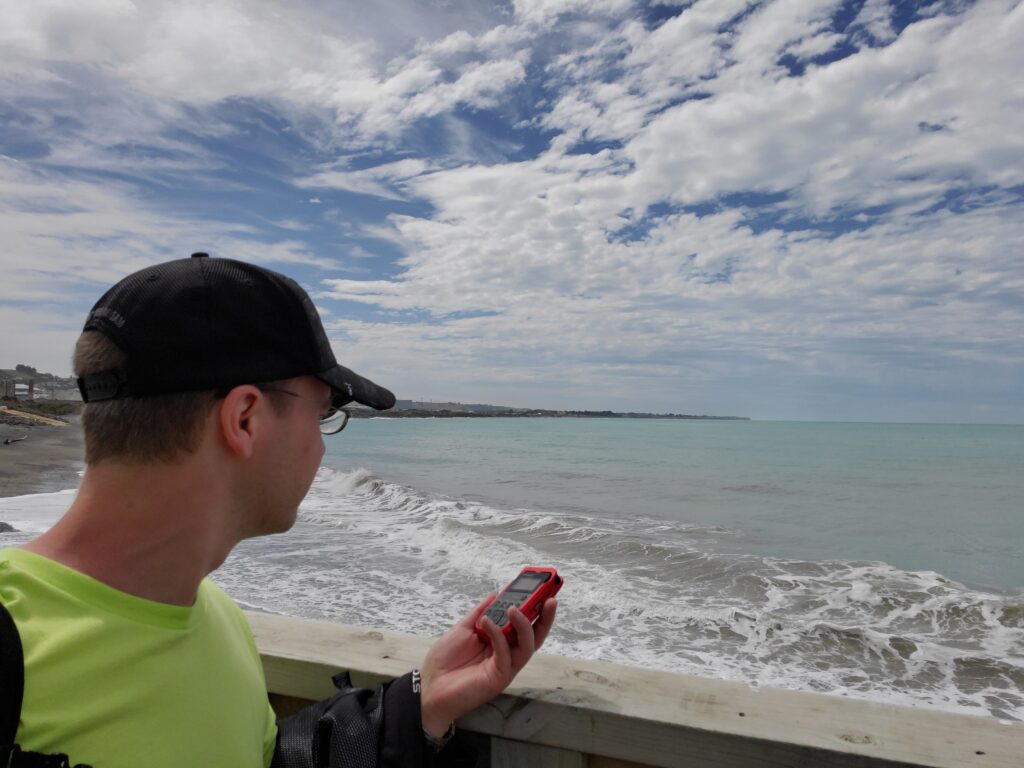
To him homemade sample libraries seem to be more satisfying to compose with since it is like cooking. When he learned about the Pianobook community being a group of composers sharing their personal sounds, it was like “home cooking” for the musical soul!
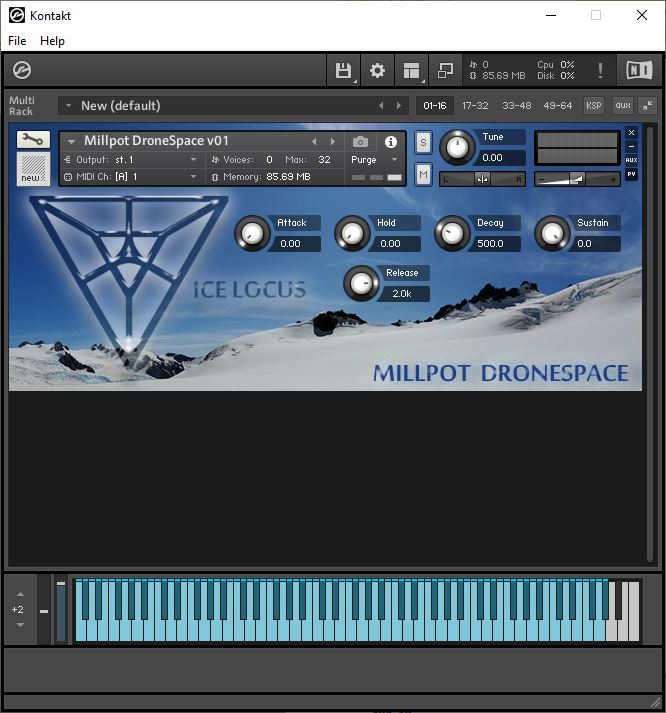
Modular Rabbit Hole
During the COVID-19 pandemic Jared’s musical focus went down the Modular Synth Rabbit Hole. It started with the gateway of connecting a Moog SubHarmonicon to his Moog Grandmother and realizing that were much better together. This led to him looking deeper into other synth formats such as EuroRack. In the summer of 2020 Jared started exploring the virtual EuroRack simulation software VCV Rack. In August of that summer, he enrolled in the first “Learning Sound and Synthesis” (LSS) course developed by composer-performer Dr. Sarah Belle Reid. It was great for filling in gaps in knowledge about synthesis and directed him on how to start getting into hardware Modular Synths. In December 2020, Jared started building his first EuroRack hybrid setup, initially to route control voltage and audio signals between VCV Rack and his semi-modular Moog synthesizers. Later he inevitably expanded his setup with more hardware that included granular synthesis modules.
Starting in January 2021, he joined a six month Creative Mentorship Program with Sarah Belle Reid and a few other LSS alumni. Over the months his appreciation for “following the sound” and experimental music increased. This experience opened up sonic worlds and Jared was invited to perform his first Modular Synth performance in May 2021 on the Modular World Anniversary Show and composed his first album “Beyond the Loci” for an August 2021 release.
“Beyond the Loci” is an ambient concept album that creates a fantastic and unique sonic universe for the listener to explore. They will travel between a variety of Loci (locations) – from deep space, to under oceans, through jungles, and finally climbing a mysterious volcano.
This is the listening guide for the album.
https://icelocus.com/IceLocus-Beyond_the_Loci-Listening_Guide.pdf
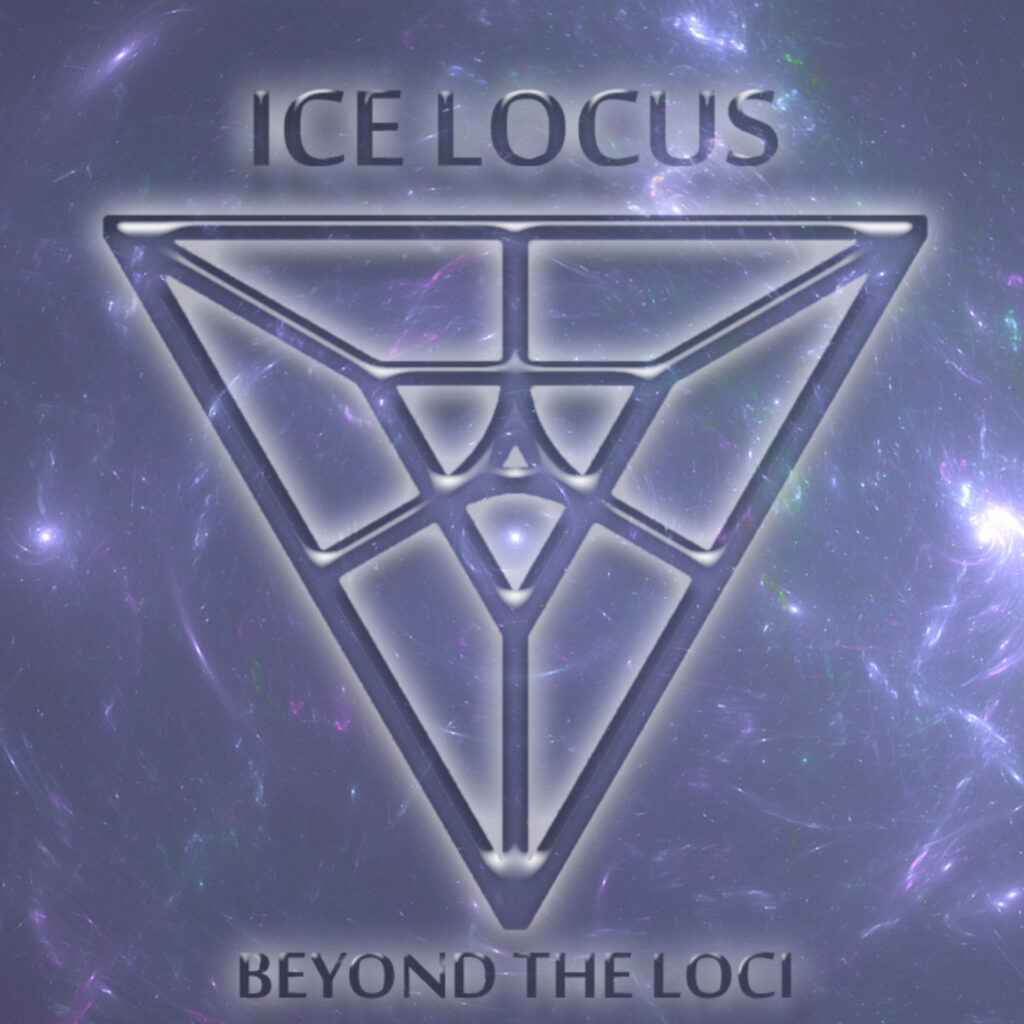
Welcome!
That’s where Jared is today on his musical journey that has become a deep dive over the past few years. He is looking forward to sample more sounds, experiment with electro-acoustic instruments, and improve his composing skills.
Thank you for your interest. Here’s hoping that you will enjoy the Ice Locus musical exploration and experiments that Jared shares with you… A SONIC ADVENTURE!
